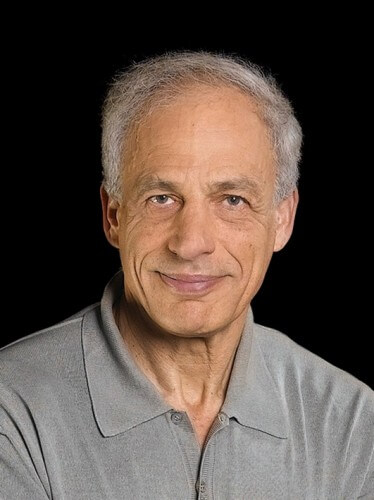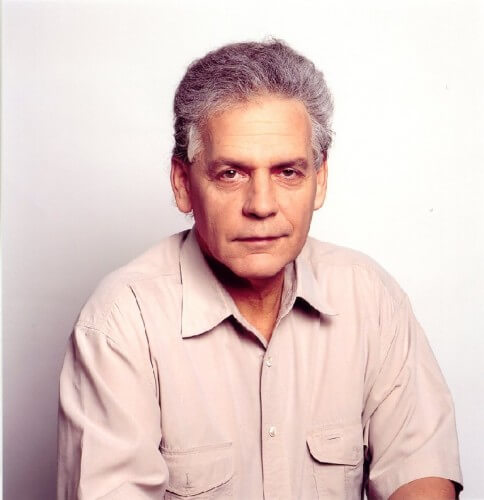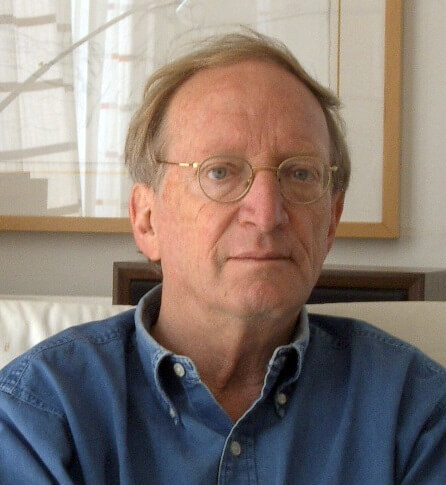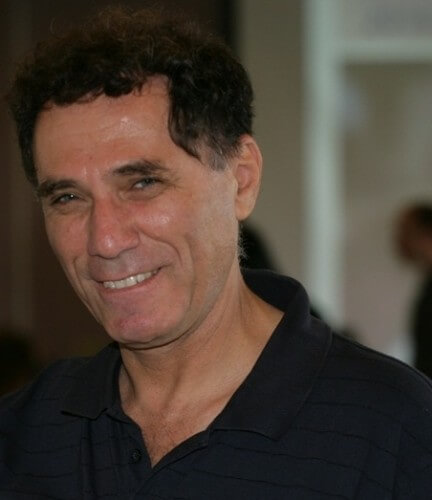The annual ceremony for the awarding of membership certificates will take place today, December 27, 2011, at the Academy House in Jerusalem

Four senior scientists and leaders in their field join as members of the Israel National Academy of Sciences. The festive traditional ceremony of awarding the Academy member's certificates will take place this year on the eve of Hanukkah's eighth candle at the Academy House in Jerusalem.
The four new members, senior scientists from research universities in Israel, were elected at the Academy's general assembly based on the recommendation of Academy members from its two divisions. The Academy of Sciences currently has 99 male and female scientists in the divisions of natural sciences and humanities and social sciences. The members are elected for life.
The Academy of Sciences is the highest body in the scientific community in Israel. It was founded by law in the year 1961 (XNUMX) with the aim of bringing together the best scientific personalities in Israel and to foster and promote scientific activity in the country and to advise the Israeli government on actions related to research and scientific planning of national importance.
Attached is a summary of the resumes and details about the new members of the academy:
Prof. Shimon Ullman was born in Jerusalem in 1948 and studied at the Rehavia Hebrew High School. He served in the Air Force as a fighter pilot. In 1973 he graduated with high honors with his first degree in mathematics and physics at the Hebrew University in Jerusalem, and another degree in biology. He received a doctorate in 1977 from MIT University in Boston. He did his doctoral thesis in the artificial intelligence laboratory there in the field of research on the vision process and its application in computers (computer vision). In 1982 he was appointed associate professor with a permanent appointment at both MIT and the Weizmann Institute of Science, and in 1986 he was appointed full professor at both institutions.
Prof. Ullman's research deals with the study of the vision process from a combination of computer science with the study of the brain and the study of human thinking. The aim of the research is to understand the vision process in the human brain to enable the development of artificial vision systems. The main part of his scientific work is in the field of image understanding, and in particular the ability to automatically classify and identify objects in the image. This ability is a clear example of a type of calculation that the human brain is able to perform accurately and efficiently in contrast to computers and known calculation methods, which have great difficulty in performing a similar task.
His works have been published in many articles and two books. His book The Interpretation of Visual Motion was selected for the MIT Press Classics book series, and the research presented in it is included in the list of selected works of the 20th century in cognitive science. His book High-level Vision, published by MIT, became a milestone in the field of image understanding and object recognition. In 2008 he won the main international prize in the field of cognitive sciences, the David Rumelhart prize, for the contribution of his computational models to the study of vision in particular and to cognitive sciences in general. Over 70 doctoral theses and certified theses were written under the guidance of Prof. Ullman. He served for eight years as the head of the computer science department at the Weizmann Institute of Science, and is a member of the Council for Higher Education.
Along with the basic scientific research, Prof. Ullman dealt with useful aspects of computer vision and the development of the field in Israel. He was one of the founders of Orbotech, which deals with industrial applications of computer vision. Upon joining the Weizmann Institute, a center for artificial intelligence and computer vision was established there with the support of the Ministry of Science. Research was conducted at this center, visiting scientists visited and conferences, both Israeli and international, were held. Over the years, additional research groups were opened and established in other academic institutions, and they placed Israel at the forefront of global research in the field. Companies established as a result of the research made Israel a leading country also in the industrial field of computer vision.

Prof. Rashef Tana, son of Eastern European parents, was born in 1944 and grew up and was educated in Kibbutz Osha. At school he really liked chemistry studies but also classical studies. He completed his matriculation certificate during his military service. At the end of the service, he applied to study chemistry at the Hebrew University in Jerusalem. After completing his bachelor's degree, he continued to obtain a master's degree in the department of physical chemistry, and did his doctorate in statistical mechanics of mixtures under the guidance of Prof. Aryeh Ben-Naim and Prof. Shalom Bar. He did his post-doctorate training in the same area at the Center for Advanced Studies at the Battelle Institute in Geneva. Upon his return to Israel, he applied to the Weizmann Institute of Science, where he engaged in research on photoelectrochemical solar cells. Later he engaged in research in layered materials such as WS2 and MoS2
In 1992, Prof. Tana and his colleagues discovered new forms of materials made of a relatively small number of atoms built as molecular cages (hollow and closed nanoparticles) and nanotubes, which were called inorganic fullerene-like forms (IF) and inorganic nanotubes (INT). Similar particles made of carbon atoms were discovered even before that, but the expansion of the field into the field of chemistry of inorganic materials opened up a vast field for innovative research and many applications such as advanced lubricants and polymer armor. This area has attracted wide scientific attention in recent years both in academia and industry.

Prof. Avishai Margalit was born in 1939 in the Jezreel Valley, but grew up and lived all his life in Jerusalem. Studied at an educational school for the children of workers in Arlozorov, continued in high school near the university, and after serving in Nahal HaMotsanah began studying philosophy and economics at the Hebrew University in Jerusalem. In addition to his studies, he served as a guide for immigrant children at the Youth Aliyat Institute at the Zionist Youth Farm. He wrote an outstanding doctoral thesis on the cognitive status of metaphors under the guidance of Prof. Yehoshua Bar-Hillel, and in the process paid his way and studied at Oxford University. Since 1970 he has been a faculty member in the Department of Philosophy at the Hebrew University. Served as George Keenan Professor at the Institute for Advanced Studies in Princeton until 2011.
Prof. Margalit's research path began in the philosophy of language, in philosophical logic and in studies of rationality, and in these fields he published many articles. Later he turned to social, political and moral philosophy. His books "Foreign Work", written in collaboration with his student and friend Prof. Moshe Halbertal, "The Decent Society" and "Ethics of Memory" were published by Harvard Publishing, while his book on Compromises and Nasty Compromises was published by Princeton Publishing. His joint book with Ian Burma on "Westernization" (Occidentalize) has been translated into about twenty languages.
Prof. Margalit is the recipient of the Israel Prize in Philosophy for 2010 and the AMT Prize for 2007. He has won international awards including the Spinoza Prize for 2002 and the Leopold Lux Prize for 2011. Prof. Margalit is an honorary fellow of Queen's College of the University of Oxford.
Prof. Margalit writes regularly in "The New York Review of books" and on other platforms about culture, society and politics, and a collection of his articles was published as a book by Farrar, Straus.
Prof. Margalit has four children. His wife, Prof. Edna Ullman Margalit (sister of Shimon Ullman, who also joined the academy this year) died at the end of 2010.

Prof. Moti Segev (Skajo), son of the late Shlomo and Zelda, born in 1958 in Romania, immigrated to Israel in 1961 and grew up in the Neve Shanan neighborhood in Haifa. He received a doctorate in electrical engineering from the Technion, and while studying he commanded a patrol unit in the reserves. At the end of three years of post-doctoral training at CALTECH, he received a position as a faculty member at Princeton University and was promoted to the rank of full professor after only four and a half years. In the summer of 1998 he returned to Israel, and after about two years left his job at Princeton. In 2009, the Technion awarded him the rank of research professor, given for exceptional research excellence.
Prof. Segev deals with a wide range of research topics in non-linear optics, laser physics, solitons, light transmission and imaging. He opened and developed several new research fields in optics and nonlinear physics. His research has received wide international resonance and recognition. Published about 270 articles in journals, and his works were cited about 15,000 times. Among other things, he won the two main awards in the field of optics and lasers: the Quantum Electronics Award of the European Physical Society (2007) and the Max Born Award of the American Optical Society (2009). In Israel he won the Landau Prize (2008).
Over the years Prof. Segev guided many successful researchers. To date, 14 of his students are faculty members at universities in Israel and around the world (three of them at the Technion). Some of his students serve in research and development positions in the high technology and defense industries in Israel. Prof. Segev is married to Tal from Kibbutz Sha'ar Golan, and they have three sons: Yair, Tamir and Yaron. He was proud of his family and students.
